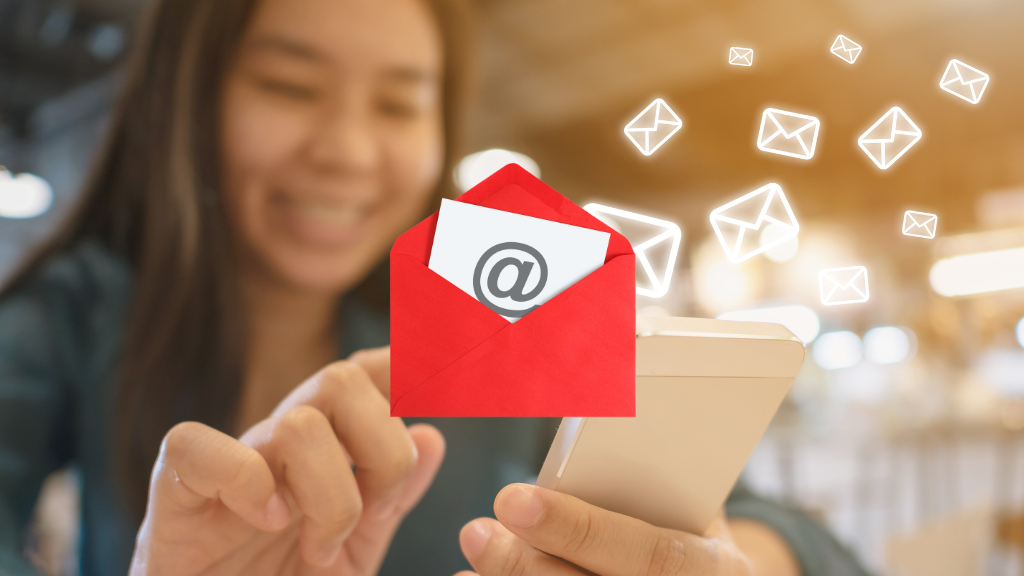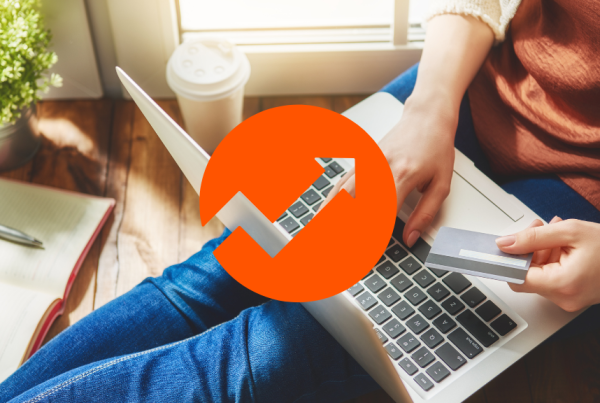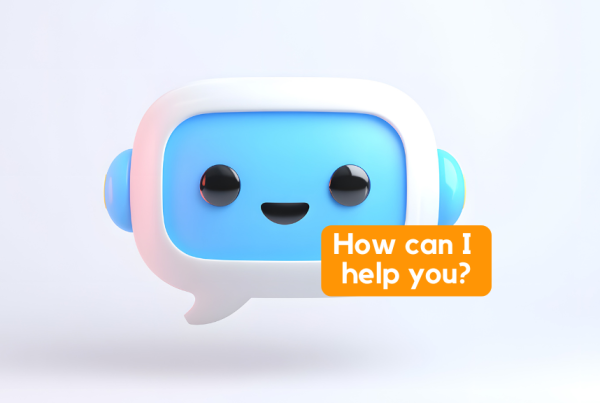Most small businesses treat email marketing like a megaphone—blast a monthly newsletter and hope someone listens. But your competitors who are winning? They’re having conversations. They’re using email automation to build relationships, recover lost sales, and turn one-time buyers into loyal customers, all while they sleep.
The difference isn’t budget or team size. It’s strategy. Let’s look at practical email automation workflows that go far beyond the basic newsletter, workflows that actually move the needle for small businesses.
Why Newsletters Aren’t Enough Anymore
Sending a monthly newsletter is like shouting into a crowded room and expecting everyone to stop and listen. Your open rates tell the story— in 2024 industry averages hover around 21%, meaning nearly 80% of your audience ignores your carefully crafted message.
The problem isn’t your content. It’s timing and relevance. A newsletter arrives when you’re ready to send it, not when your customer is ready to receive it. Meanwhile, your competitors are sending targeted messages triggered by customer behavior—emails that arrive at the exact moment someone is most likely to engage.
Email automation levels the playing field. It gives small businesses the ability to deliver personalized, timely communication at scale without hiring a marketing team. But only if you move beyond the batch-and-blast mentality.
The Foundation: Segmentation That Makes Sense
Before diving into workflows, you need to think differently about your email list. Stop seeing it as one big group and start seeing it as distinct audiences with different needs, behaviors, and stages in their relationship with your business.
For small businesses, these segments matter most:
New subscribers who don’t know you yet need education and trust-building. Active customers who’ve purchased recently want to maximize their investment and discover what else you offer. Lapsed customers who haven’t engaged in months need a compelling reason to come back. Window shoppers who browse but never buy need that final nudge to convert.
Most email platforms make basic segmentation easy—you’re separating people based on tags, purchase history, or engagement levels. The magic happens when you build automated workflows for each segment that trigger based on real behavior, not arbitrary calendar dates.
Workflow 1: A Welcome Series That Converts
Your welcome email gets the highest open rate of any message you’ll ever send—often above 50%. Yet most businesses waste this golden opportunity with a single “thanks for subscribing” message.
A strategic welcome series runs over 5-7 days and transforms strangers into customers by systematically building trust and demonstrating value.
Day 1 delivers your promised lead magnet or discount code immediately, sets expectations about email frequency, and shares your story briefly. This message confirms they made a smart decision to subscribe.
Day 3 educates new subscribers about your most valuable offering or solves their biggest pain point. If you’re a software company, this is a tutorial. If you’re an e-commerce store, it’s your bestseller showcase with social proof. The goal is demonstrating expertise and building credibility.
Day 5 addresses the most common objection to buying. Maybe it’s price, maybe it’s trust, maybe it’s confusion about which option to choose. Use customer testimonials, comparison guides, or case studies to overcome hesitation.
Day 7 presents a time-sensitive offer or clear next step. This is your conversion message—the ask. You’ve built trust and demonstrated value, now it’s time to turn subscribers into customers.
This workflow runs automatically for every new subscriber, ensuring nobody falls through the cracks during those crucial first days when interest is highest.
Workflow 2: The Cart Abandonment Recovery Sequence
Nearly 70% of online shopping carts get abandoned. That’s not a problem, it’s an opportunity. These people demonstrated clear intent to buy—they just needed a nudge to complete the transaction.
Your abandonment workflow should trigger within one hour of someone leaving items in their cart. Speed matters because purchase intent decays rapidly.
Email 1 goes out within 60 minutes with a simple reminder and a clear path back to the cart. Keep it helpful, not pushy. “Looks like you left something behind” works better than aggressive sales language. Include product images and prices to jog their memory.
Email 2 sends 24 hours later and addresses potential objections. Include customer reviews for the abandoned products, highlight your return policy, showcase trust badges, or offer to answer questions. You’re systematically removing barriers to purchase.
Email 3 arrives 48-72 hours after abandonment with a time-sensitive incentive—a small discount, free shipping, or a bonus item. This is your Hail Mary, but it works. Studies show cart abandonment emails generate significant revenue recovery, and that third email often clinches the deal.
The key is making these messages feel helpful rather than desperate. You’re genuinely trying to help them complete a purchase they clearly wanted to make.
Workflow 3: The Post-Purchase Engagement Path
The sale isn’t the finish line, it’s the starting line. What happens after someone buys determines whether they become a repeat customer or disappear forever.
Your post-purchase workflow should begin immediately after the transaction with an order confirmation that goes beyond the basics. Include a thank you, set delivery expectations clearly, provide tracking information, and subtly introduce related products or resources they might need.
Three to five days after estimated delivery, send a check-in email. Ask if the product arrived as expected, offer setup help or usage tips, and request feedback. This positions you as a partner invested in their success, not just a vendor collecting money.
Two weeks post-purchase, the education email arrives. Share creative ways to use their purchase, introduce complementary products, or showcase user-generated content from other customers. This deepens engagement and plants seeds for the next purchase.
Thirty days after purchase, trigger a review request. Social proof drives future sales, and happy customers are usually willing to share their experience when asked at the right moment. Make it easy with a direct link to your review platform.
Sixty to ninety days later, present a replenishment reminder for consumable products or a complementary product recommendation for durable goods. You’ve nurtured the relationship—now it’s time to grow customer lifetime value.
Workflow 4: The Re-Engagement Campaign for Lapsed Customers
Your inactive subscribers aren’t dead—they’re sleeping. A strategic re-engagement campaign can wake them up and recover revenue you’ve already paid to acquire.
This workflow triggers after 90 days of inactivity, though you should adjust based on your typical purchase cycle. For businesses with annual purchases, 12 months makes more sense than 90 days.
The reminder email starts soft. “We miss you” messaging combined with a showcase of what’s new since they last engaged. Remind them why they subscribed in the first place and share your best recent content, products, or updates.
The incentive email follows a week later with a compelling offer—a discount, exclusive access, or valuable content. You’re making it worth their while to come back.
The final choice email arrives two weeks after that, giving them an ultimatum with grace. Offer a last chance incentive while also giving them an easy way to unsubscribe if they’re truly not interested anymore. This cleans your list and improves deliverability while giving genuinely interested people one more opportunity to engage.
Paradoxically, giving people permission to leave often keeps them on your list. The transparency and respect builds trust.
Workflow 5: The Upsell and Cross-Sell Sequence
Your existing customers are significantly more likely to buy again than cold prospects. Yet most small businesses focus all their energy on new customer acquisition while leaving money on the table with current customers.
Build behavioral triggers that identify purchase patterns and automatically suggest relevant next purchases. If someone buys a camera, they’ll likely need a memory card, bag, and lens. If they buy accounting software, they might need bookkeeping training or tax planning resources.
The timing matters enormously. Strike too quickly and you seem pushy. Wait too long and they’ve bought from someone else or lost interest.
Generally, two to three weeks after the first purchase hits the sweet spot for most businesses.
Frame these emails around helping customers get more value, not just making another sale. Position cross-sells as completing their solution and upsells as upgrading their experience. The best upsell emails include social proof from customers who made the jump and found it worthwhile.
Making It All Work: The Technical Side
You don’t need expensive enterprise software to implement these workflows. Platforms like Mailchimp, Klaviyo, and ConvertKit offer automation features starting around $20-50 per month for small lists. The investment pays for itself with a single recovered cart or repeat purchase.
The technical setup follows a pattern: identify the trigger event, define your audience segment, create the email series, set the timing delays, and activate the workflow. Most platforms make this point-and-click simple.
The harder part is the strategy—deciding what to say, when to say it, and how to measure success. Start with one workflow, test it for 30 days, measure the results, and refine before adding another. Building an effective automation strategy is iterative, not instant.
Measuring What Matters
Vanity metrics like open rates feel good but don’t pay bills. Focus on metrics tied directly to business outcomes: conversion rate from welcome series to first purchase, revenue recovered from abandoned carts, repeat purchase rate from post-purchase sequences, and reactivation rate from re-engagement campaigns.
Track these monthly and compare against your baseline before automation. Most small businesses see 20-30% increases in customer lifetime value within six months of implementing strategic email automation.
Your Next Steps
Email automation isn’t about working less, it’s about working smarter. These workflows run 24/7, nurturing relationships and driving sales while you focus on running your business.
Start with the welcome series and cart abandonment workflows—they typically deliver the fastest ROI. Once those are running smoothly, layer in post-purchase and re-engagement sequences. Within six months, you’ll have a sophisticated email marketing operation that competes with businesses ten times your size.
The small businesses winning in your industry aren’t lucky—they’re strategic. They’ve stopped shouting monthly newsletters into the void and started having automated conversations that build relationships and drive revenue.
Your competitors are already doing this. The question isn’t whether you should implement email automation—it’s whether you can afford not to.




